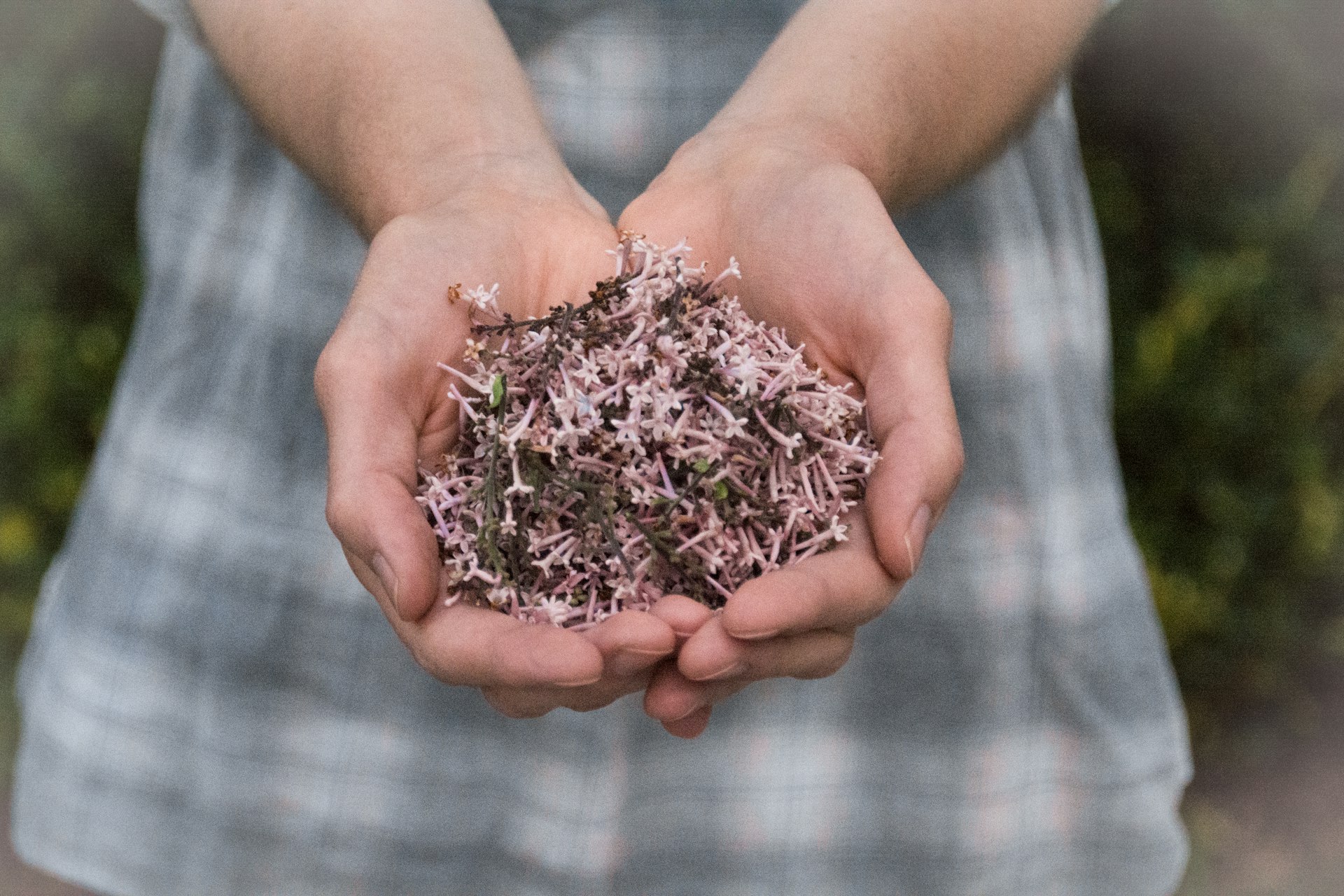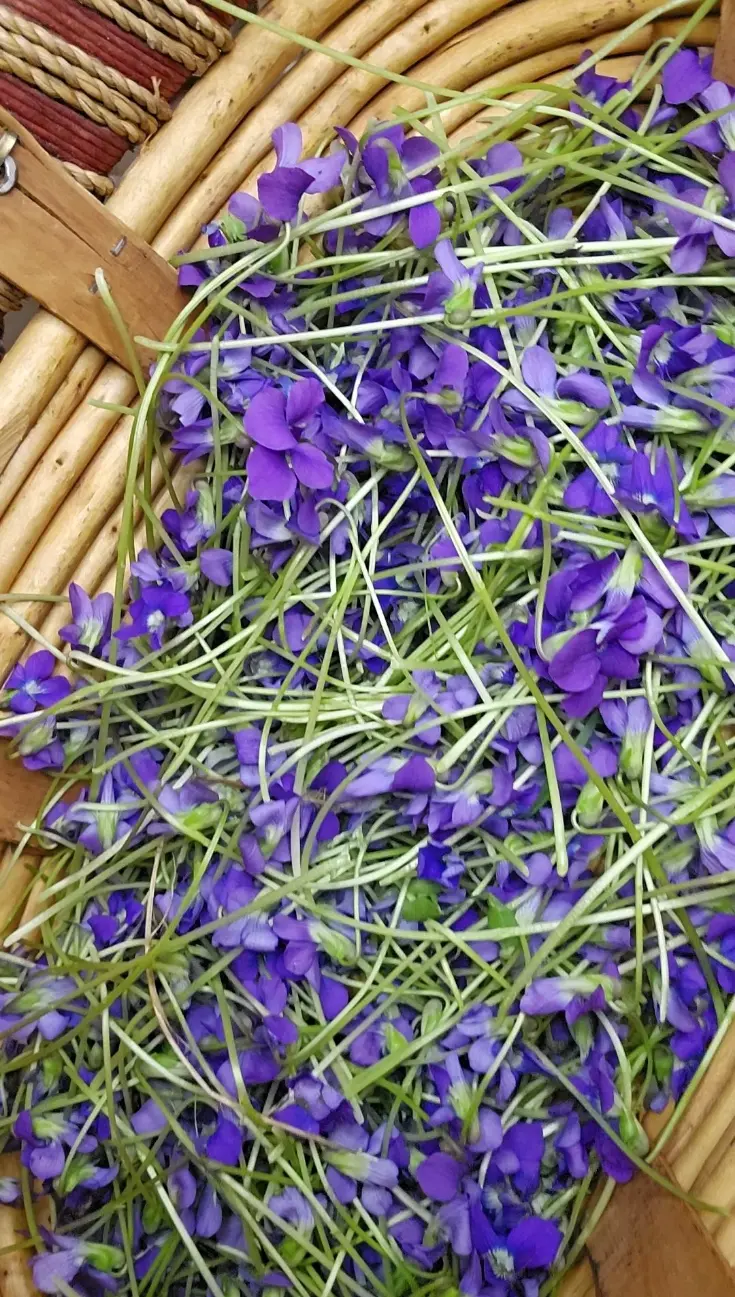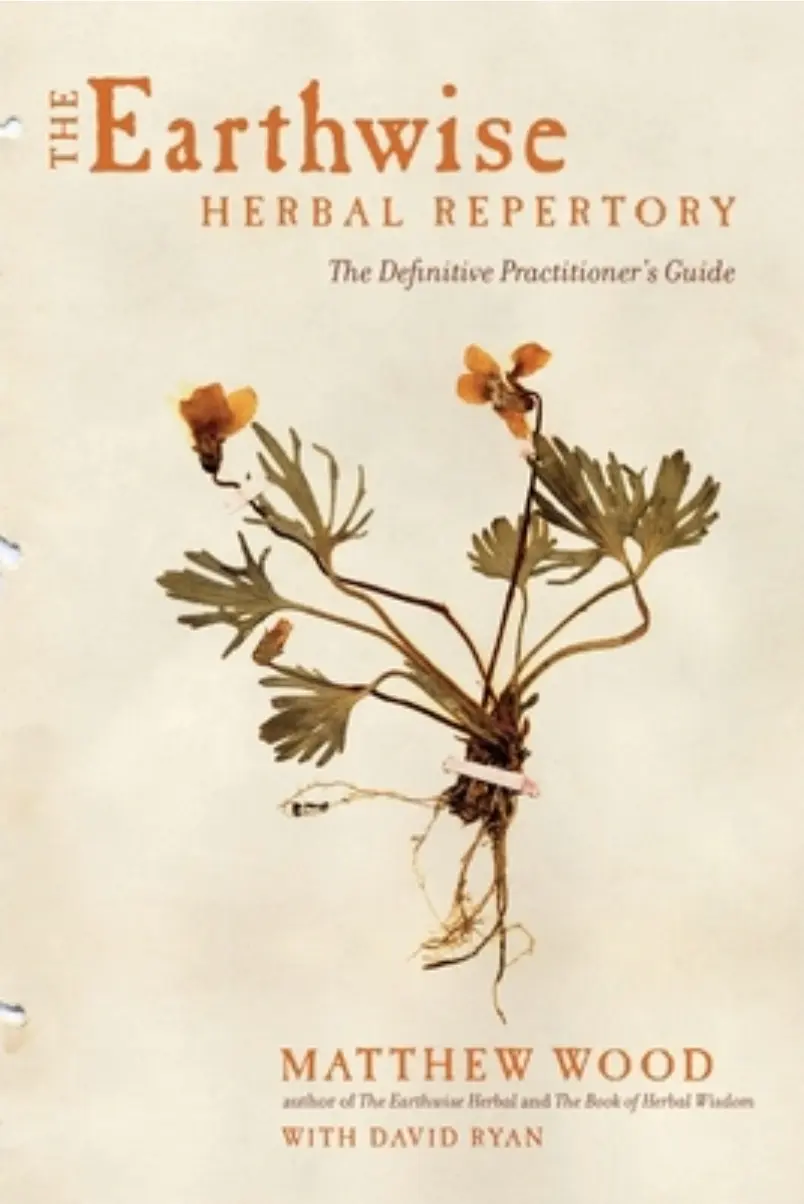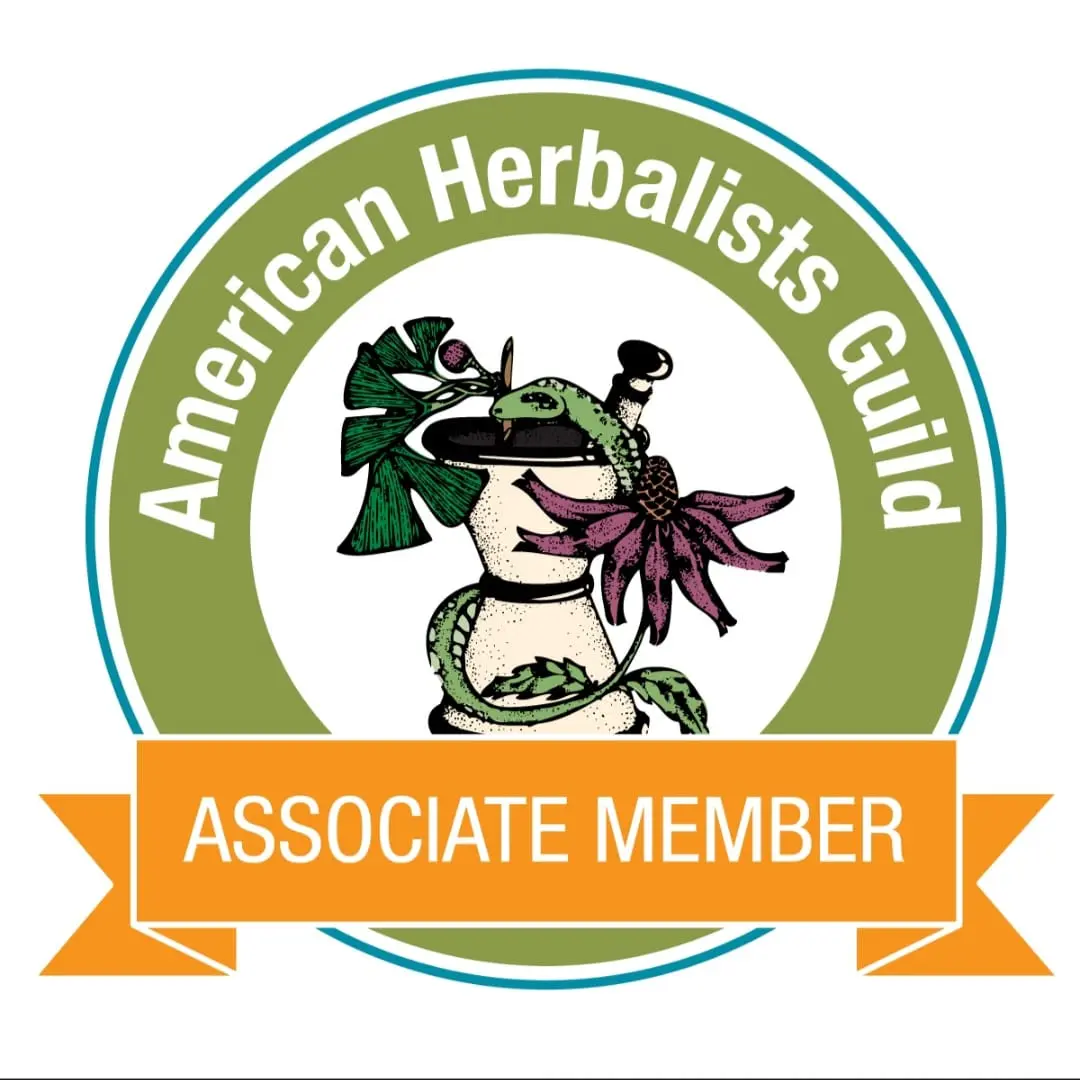Herb of the Month
Vibrant Violet - (Viola Spp.)
Violet is a springtime whisper—cooling, moistening, and quietly potent. Often dismissed as a weed, she’s actually a lymphatic stimulant, respiratory ally, and skin soother with deep folkloric roots.

Common Names
Commonly called: Common Blue Violet, Confederate Violet, Dooryard Violet, Heartsease, Hooded Violet, Lesbian Flower, Meadow Violet, Purple Violet, Sister Violet, Sweet Violet, Violet, Wild Pansy, Wood Violet, and Woolly Blue Violet.

Traditional Names
Latin name: Viola sororia
Family
Violaceae
Parts Used
Leaves, Flowers, Stems

Harvesting
- Season: Early Spring through Midsummer
- Best time: Morning, after dew dries but before heat wilts mucilage
- Method: Pinch or snip flowers and tender leaves
- Avoid uprooting—violets spread via rhizomes and self-seeding
- For drying: lay flat in a single layer, away from direct sun
* Note: Yellow violets may contain higher saponins—use with caution or externally only.
Sustainability
- Wild violets are abundant, but overharvesting in urban or compacted areas can stress populations
- Avoid harvesting from lawns treated with pesticides or herbicides
- Leave plenty for pollinators—violet flowers are early nectar sources for bees and butterflies
- Cultivate your own patch: Violets thrive in shady, moist garden beds and make excellent groundcover
Traditional Uses
- Internal: Violet tea soothes sore throats and raspy bronchial tissues. She’s a gentle blood cleanser and respiratory remedy, often paired with marshmallow or licorice root in European herbalism.
- Topical: Violet-infused salves calm chafed skin, eczema, hemorrhoids, and abrasions. Her mucilage and minerals nourish inflamed tissue.
- Digestive: Her soluble fiber supports cholesterol
Folklore
In myth, violets sprang from the blood of Attis, beloved of the earth goddess Cybele, after he was slain by a wild boar. Across cultures, violets have flavored wines, sweetened dishes, and softened grief. She’s a heart herb—emotionally and energetically.
The science stuff
Below You'll find: the key constituents, actions/energetics, uses, sample dosage guidelines, and more!
Key Constituents:
Violets are: soothing, anti-inflammatory, expectorant, lymphagogue, vulnerary, diuretic, & a mild laxative
Actions & Energetics:
Cooling, moistening, slightly aromatic, sweet, & salty
Safety:
Generally considered safe & non-toxic. Always consult with a doctor before starting treatments.
Scroll on...
Discover even more below!

Scientific Research
Modern Research: Confirms potential in anti-inflammatory, antioxidant, and antimicrobial applications.
References
Works from various authors and institutions, such as the USDA, Britannica, & various studies.
Sample Adult Dose:
Take EXTRA caution when giving herbal remedies to children!
- Infusion: 1 cup (1 tsp dried herb in 8 fl oz boiling water), 3x/day.
- Tincture: 1-2 mL (1:5, 40%) 3x/day.
The Archives
Explore past Herbs of the Month in the Living Archive, where each entry is a memory and a medicine.
This living archive honors the rhythm of ritual care—season by season, scroll by scroll
Explore past herbs in the Living Archive, where each entry is a memory and a medicine. Enter The Archives







